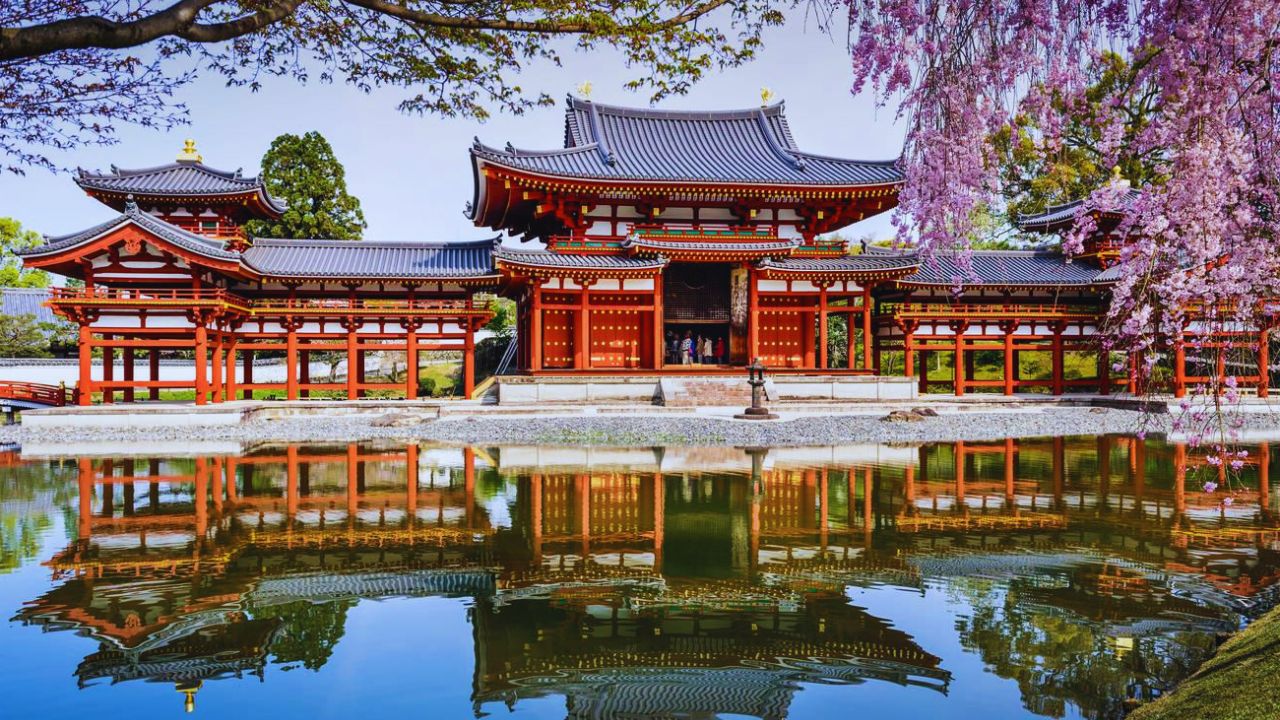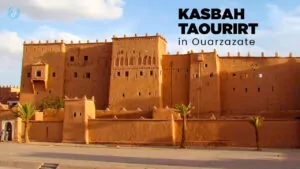Japan is a land where the past and present coexist in harmony, offering visitors a unique glimpse into its rich cultural and spiritual heritage. The country’s traditional shrines and temples are not only places of worship but also architectural masterpieces and tranquil retreats.
These sacred sites, often set against picturesque landscapes, offer a serene escape from the bustling cities and provide an opportunity to reflect and rejuvenate.
Here are 15 best traditional shrines and temples to visit in Japan, each with its own unique charm and history.
15 Most Beautiful Temples and Shrines in Japan
1. Fushimi Inari Shrine (Kyoto)
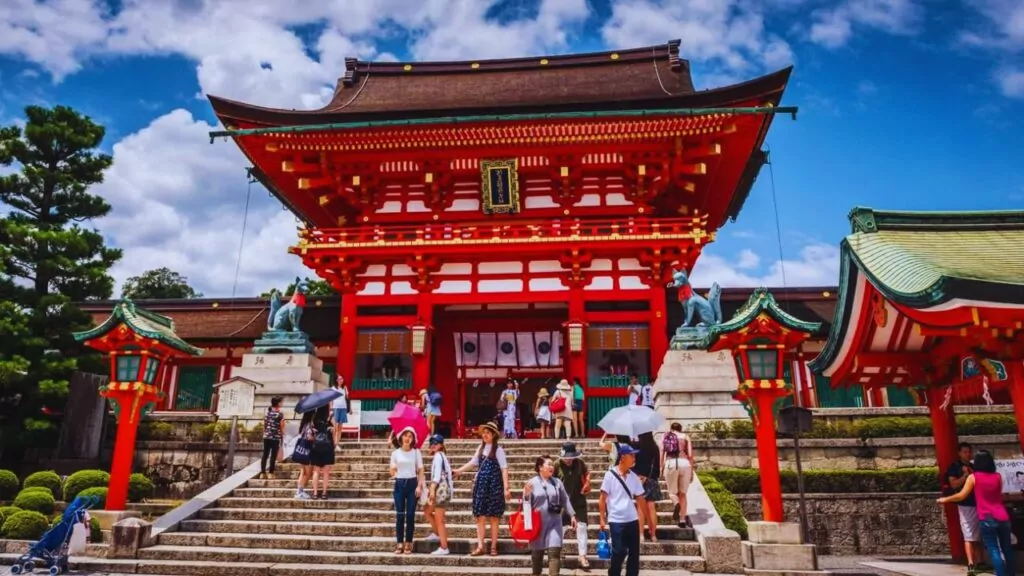
Fushimi Inari Shrine, one of Kyoto’s most iconic sites, is famous for its thousands of vermilion torii gates that create a winding pathway through the wooded forest of Mount Inari.
Read More: Charming Destinations for a Romantic Getaway
Dedicated to Inari, the deity of rice, this Shinto shrine is believed to bring good fortune and prosperity. The hike to the summit offers stunning views of Kyoto, as well as the opportunity to see numerous smaller shrines along the way.
2. Senso-ji Temple (Tokyo)
Senso-ji, located in the heart of Asakusa, Tokyo, is the city’s oldest temple and one of its most significant. Established in 645 AD, the temple honors Kannon, the goddess of mercy.
The approach to the temple is through Nakamise Street, a bustling shopping street filled with traditional snacks and souvenirs. The temple’s iconic Kaminarimon (Thunder Gate) and the five-story pagoda add to its charm.
3. Kinkaku-ji (Kyoto)
Kinkaku-ji, also known as the Golden Pavilion, is a Zen Buddhist temple in Kyoto. The temple sits amidst beautiful gardens and a tranquil pond, its top two floors completely covered in gold leaf.
The reflection of the pavilion in the water creates a breathtaking view, especially during autumn when the surrounding foliage turns vibrant shades of red and orange.
4. Meiji Shrine (Tokyo)
Emperor Meiji and Empress Shoken are the subjects of the Meiji Shrine in Shibuya, Tokyo. Nestled within a lush forest of over 100,000 trees, this Shinto shrine offers a peaceful retreat from the urban hustle.
The shrine is a popular spot for traditional Shinto weddings and various seasonal festivals. The serene pathways and the grand torii gates create a tranquil atmosphere.
5. Todai-ji (Nara)
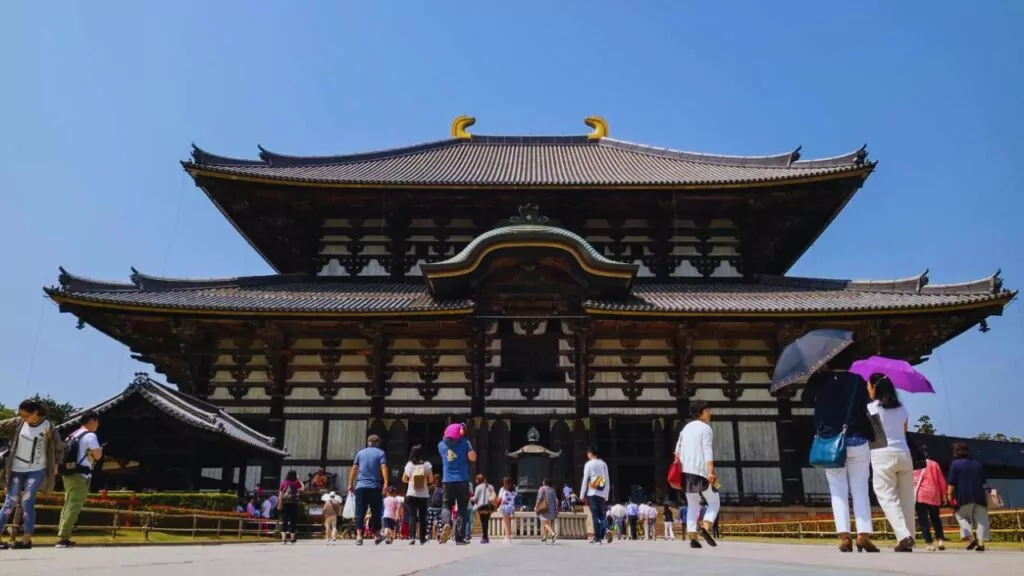
Todai-ji, situated in Nara, is home to the Great Buddha (Daibutsu), one of the largest bronze statues of Buddha in the world, standing at 15 meters tall. The temple was founded in 752 AD and is a UNESCO World Heritage Site.
The Daibutsuden (Great Buddha Hall) is the largest wooden building in the world, housing this magnificent statue. The temple grounds also feature deer that roam freely, adding to the charm of the area.
6. Itsukushima Shrine (Miyajima)
Itsukushima Shrine, located on Miyajima Island, is renowned for its “floating” torii gate, which appears to be floating on the water during high tide.
This Shinto shrine, dedicated to the three daughters of the deity Susanoo, is a UNESCO World Heritage Site. The picturesque setting against the backdrop of Mount Misen and the tranquil waters of the Seto Inland Sea.
7. Ryoan-ji (Kyoto)
Ryoan-ji, a Zen temple in Kyoto, is famous for its rock garden, which is considered one of the finest examples of kare-sansui (dry landscape) garden design. The garden consists of 15 rocks arranged in such a way that no matter where you stand, you can only see 14 of them at once.
Read Also: Best Street Foods From Around the World
The simplicity and tranquility of the garden invite contemplation and reflection. The temple grounds also include a beautiful pond and lush greenery.
8. Nikko Toshogu Shrine (Nikko)
Nikko Toshogu Shrine, located in Nikko, is a lavishly decorated Shinto shrine dedicated to Tokugawa Ieyasu, the founder of the Tokugawa shogunate. The shrine complex features intricate carvings, vibrant colors, and gold leaf embellishments.
It is also the resting place of Tokugawa Ieyasu. The shrine is part of the “Shrines and Temples of Nikko,” a UNESCO World Heritage site.
9. Kiyomizu-dera (Kyoto)
Kiyomizu-dera, a historic temple in Kyoto, offers stunning views from its wooden stage, which juts out over the hillside. Founded in 778 AD, the temple dedicates itself to Kannon, the goddess of mercy.
The temple showcases remarkable architectural ingenuity by building the main hall and stage without the use of nails. The temple is especially beautiful during the cherry blossom and autumn foliage seasons.
10. Horyu-ji (Nara)
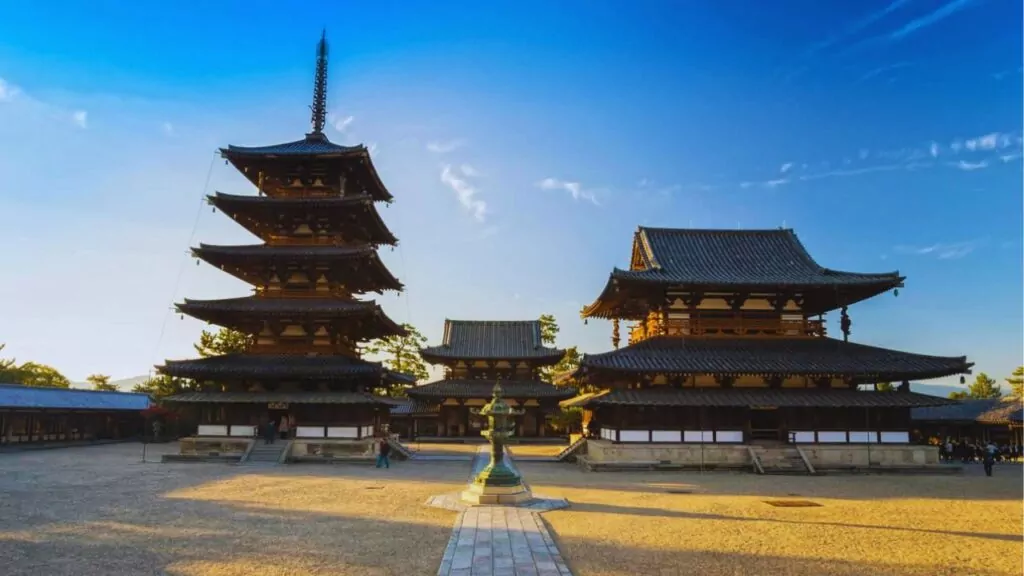
Horyu-ji, located in Nara, is one of the world’s oldest wooden structures and a UNESCO World Heritage Site. Prince Shotoku founded the temple in 607 AD, and it houses numerous significant cultural and historical artifacts. The temple complex includes the five-story pagoda, which is a prime example of early Japanese Buddhist architecture.
11. Kamigamo Shrine (Kyoto)
Kamigamo Shrine, one of Kyoto’s oldest Shinto shrines, dates back to the 7th century. Located along the Kamo River, it dedicates itself to the deity of thunder, Kamo Wakeikazuchi.
The shrine is known for its serene atmosphere, beautiful gardens, and the Aoi Matsuri (Hollyhock Festival), one of Kyoto’s three major festivals held annually in May.
12. Zojo-ji Temple (Tokyo)
Zojo-ji Temple, located near Tokyo Tower, is a significant Buddhist temple with a history dating back to the 14th century. The temple is the family temple of the Tokugawa shoguns and features a beautiful main gate, Sangedatsumon, which is the oldest wooden building in Tokyo. The temple grounds offer a tranquil escape with their lush greenery and historic buildings.
13. Tenryu-ji (Kyoto)
Tenryu-ji is a Zen temple in the Arashiyama district of Kyoto, renowned for its stunning garden that dates back to the 14th century. The garden, designed by Muso Soseki, features a beautiful pond surrounded by lush greenery and seasonal flowers. The temple is also a UNESCO World Heritage Site and offers a peaceful retreat with its serene atmosphere.
14. Futarasan Shrine (Nikko)
Another UNESCO World Heritage site in Nikko, Futarasan Shrine honors the deities of three nearby mountains: Mount Nantai, Mount Nyohou, and Mount Taro.
The shrine, founded in 767 AD, features beautiful forested surroundings and historic structures. The shrine hosts an annual festival in May, a vibrant celebration featuring traditional music, dance, and processions.
15. Byodo-in (Uji)
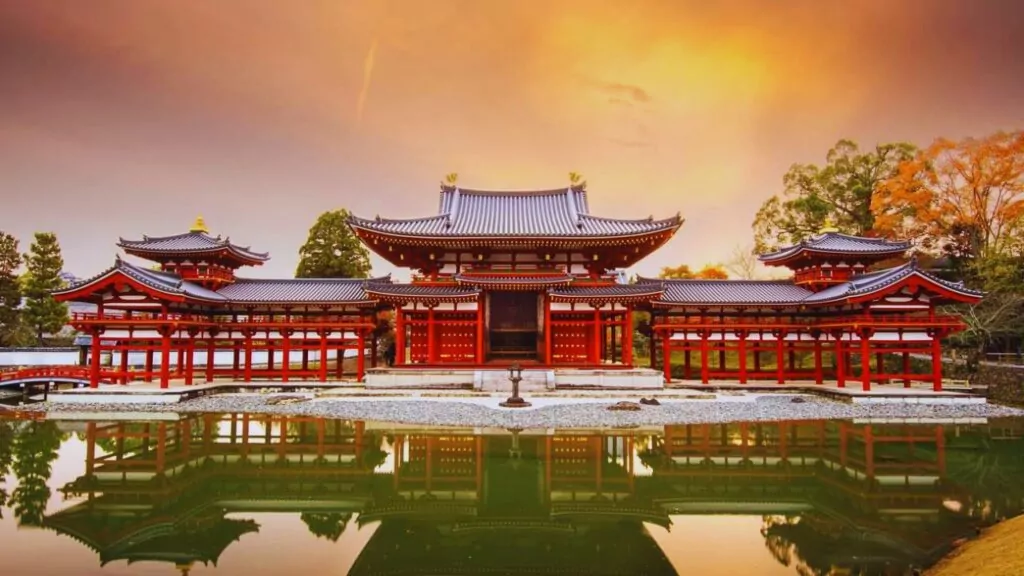
Byodo-in, located in Uji, is famous for its Phoenix Hall, which appears on the 10 yen coin. Originally constructed as a villa in 998 AD, the temple underwent a transformation into a temple in 1052 AD.
The Phoenix Hall, with its elegant architecture and serene pond, is a masterpiece of the Heian period. The temple, a UNESCO World Heritage Site, is surrounded by beautiful gardens and scenic views.
Takeaways
Japan’s traditional shrines and temples offer a profound glimpse into the country’s rich spiritual and cultural heritage. Each site, with its unique history, architecture, and natural beauty, provides a serene escape and an opportunity for reflection.
Whether you are seeking spiritual solace, historical insights, or simply breathtaking views, these 15 shrines and temples are must-visit destinations that will leave you with lasting memories.

